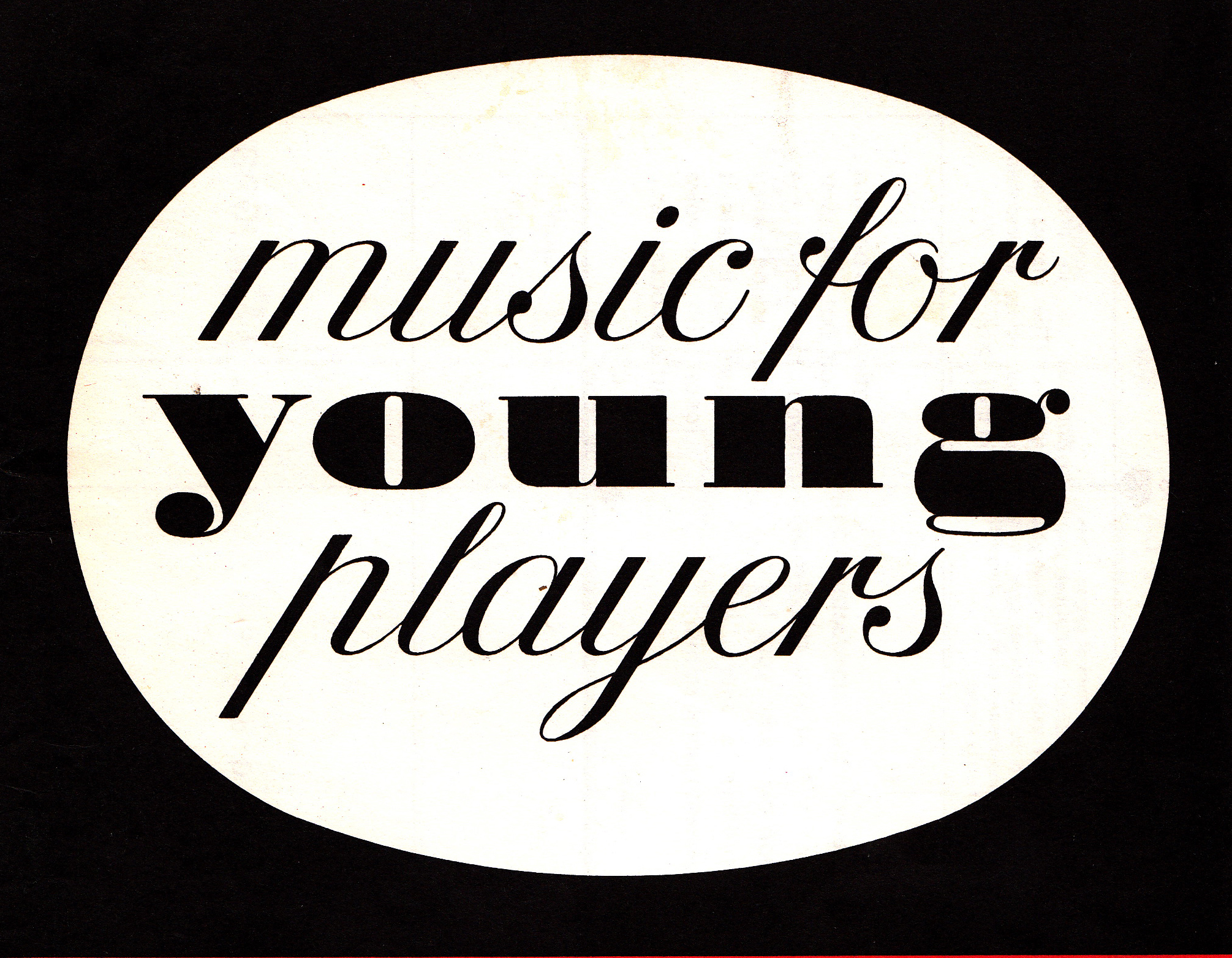
"The 1960's and 1970's were a particularly fruitful time for music education..."
[[{"fid":"10296","view_mode":"default","type":"media","field_deltas":{"1":{}},"link_text":null,"fields":{},"attributes":{"height":883,"width":620,"style":"width: 300px; height: 427px;","class":"media-element file-default","data-delta":"1"}}]]
The 1960's and 1970's were a particularly fruitful time for music education. Music in schools was starting to become less of an exercise in musicology, theory and history and move towards being a subject that embraced composition, improvisation and musics outside the Western Classical tradition. Much of the impetus for this came from individual music educators in the UK and beyond: John Paynter and Peter Aston at York, R Murray Schafer in Canada, Brian Dennis in London and George Self in Southampton.
To encourage experimental approaches and connections to the new music of the time, Universal Edition published a series of pieces intended for classroom use. These were designed to be accessible to both children with, or without, previous music experience -something that continues to be an important feature of much participatory music today. In addition to the individual pieces, UE published several books for teachers expanding on this work. The MFYP pieces were also featured in BBC schools broadcasts (largely through the efforts of John Hosier, the music producer of BBC Radio for schools). The MFYP compositions were intended to create a repertoire of works to inspire teachers and young composers, as well as providing music that could be performed alongside new pieces by children. Many of the pieces were created by composers who were very active in the new music scene of the time (David Bedford, Elis Pekhonen, Howard Skempton, Hugh Shrapnel, Vic Hoyland etc) and several of these are still composing. What is interesting about these works is how they are both successful pieces in their own right and also have a strong connection to the new music of the day. What is also notable is that, in spite of there being enough pieces to fill several evenings of music not one of them is by a female composer!
Promotional record sent to schools to publicise the series:
[[{"fid":"10297","view_mode":"default","type":"media","field_deltas":{"1":{}},"link_text":null,"fields":{},"attributes":{"height":620,"width":620,"style":"width: 200px; height: 200px;","class":"media-element file-default","data-delta":"1"}}]]
An excerpt from the record:
[[{"fid":"10298","view_mode":"default","type":"media","field_deltas":{"1":{}},"link_text":null,"fields":{},"attributes":{"height":220,"width":220,"class":"media-element file-default","data-delta":"1"}}]]
Composer, Sound artist and Musician Duncan chapman has curated a selection of some of these pieces from the British Music Collection, splitting them into six categories: Codes, Performing, Games, Journeys, Mobiles and Media. These categories will be uploaded individually in the coming weeks.
You can find the full exhibiton on the Google Cultural Institute here: http://bit.ly/2oPmzJ4
